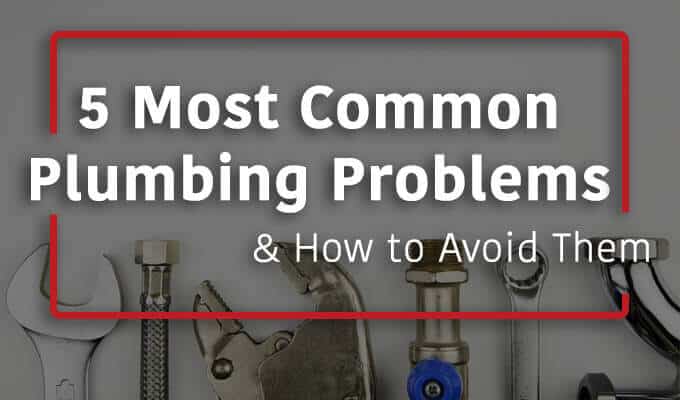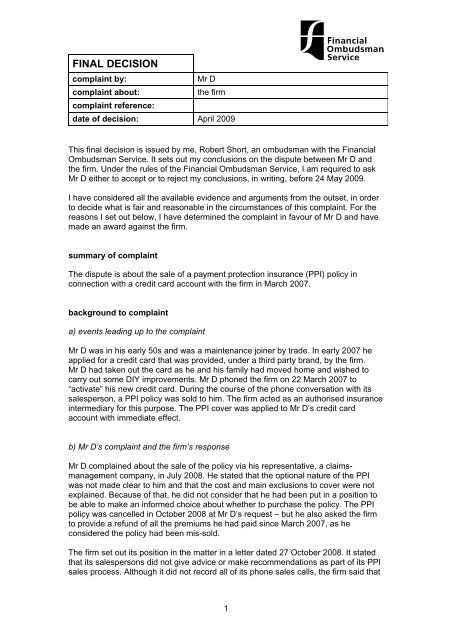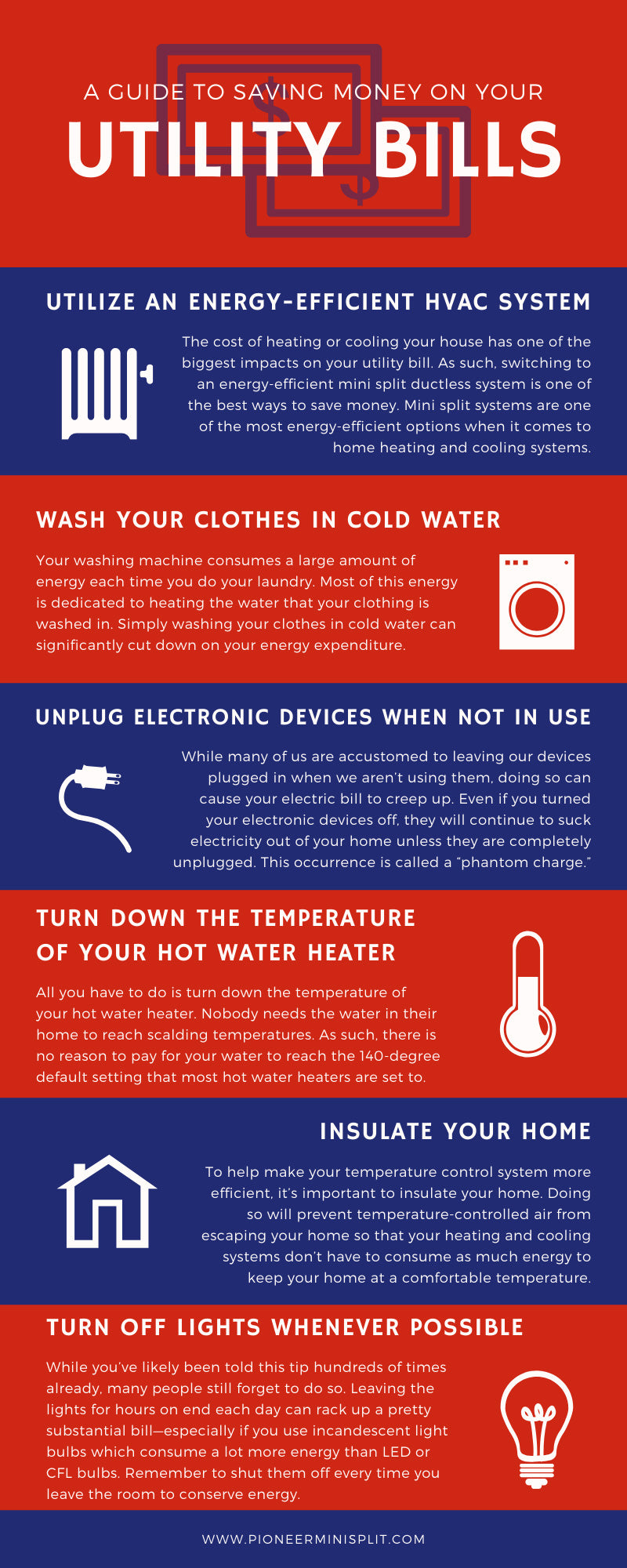Regardless if you like it or not, leaking plumbing, clogged sinks and malfunctioning toilets in your North York home are a part of life’s hurdles. They occasionally burst in your routine when you least expect them to and they increase the daily tension. This is why it wouldn’t hurt to develop home plumbing troubleshooting experience so you don’t have to call on plumber every time water doesn’t go down the drain. Think about these helpful tips to ensure that when the situation calls for it, you are ready with a couple of tricks up your sleeve.
Learn To Deal with Little Problems
With a couple of tools and a bit of knowledge, the majority of us can handle little plumbing disasters. With a pipe wrench, a plunger along with a sewer snake in your tool box, you can tackle small issues like clogged toilets, blocked drains, dripping faucets and stuck valves. How-to books, adult education and home improvement classes will pay for themselves when it’s time for you to contact the local plumber. Here’s some stats on just how much you might expect to spend on these services if you don’t go the DIY route.
Determine Where Your Pipes Can Be Found
Driving screws and pounding nails is all good and well, until you puncture a plastic or copper drain or supply. Purchase a stud sensor which additionally detects wirings and pipes. You may also browse around in the loft or the cellar (if it is unfinished) to get a feeling of where plumbing is hiding. Finally, if your wall is going to be covered by whatever you are installing or building, you can always very carefully cut a test hatch to discover pipes lurking within the wall space.
Low Volume Shower Head and Faucet Water
This might be brought on by the buildup of calcium, otherwise referred to as lime-scale that is a by-product of hard water, and through the buildup of gravel in the tap head screen. To deal with calcium buildup, remove the tap and shower head and thoroughly clean it with vinegar in order to break down the lime scale. Repeat this every 3 to 4 months.
Prevent Frozen Pipes
The best defense for this is insulation. Insulate uncovered pipes within a crawl space or in the garage area with simple-to-install plastic insulation. This is a peel-and-stick remedy. Before winter arrives, get rid of outside hoses and use insulating caps to outside fixtures, since a frozen outside spigot can damage inside plumbing. Households with automated sprinkler systems may clear away standing water using compressed air.
Always Leak Test
It should be apparent, but do a comprehensive leak inspection prior to closing up and moving on. When you have set up a new valve element (or the actual valve itself), strongly open and close this valve along with running both cold and hot water through it. Do the exact same when examining drains. Run water straight down the drain and fill the tub or sink after which drain it to check for any leaking. Examine gas lines with a soapy detergent and water solution or invest a few bucks for an 8-oz bottle of bubble-creating leaking detector which can be purchased the web or in a Toronto or North York plumbing supply house. The benefit of this material, instead of dish detergent, is the fact that it creates bigger, more brightly noticeable bubbles than detergent does.





